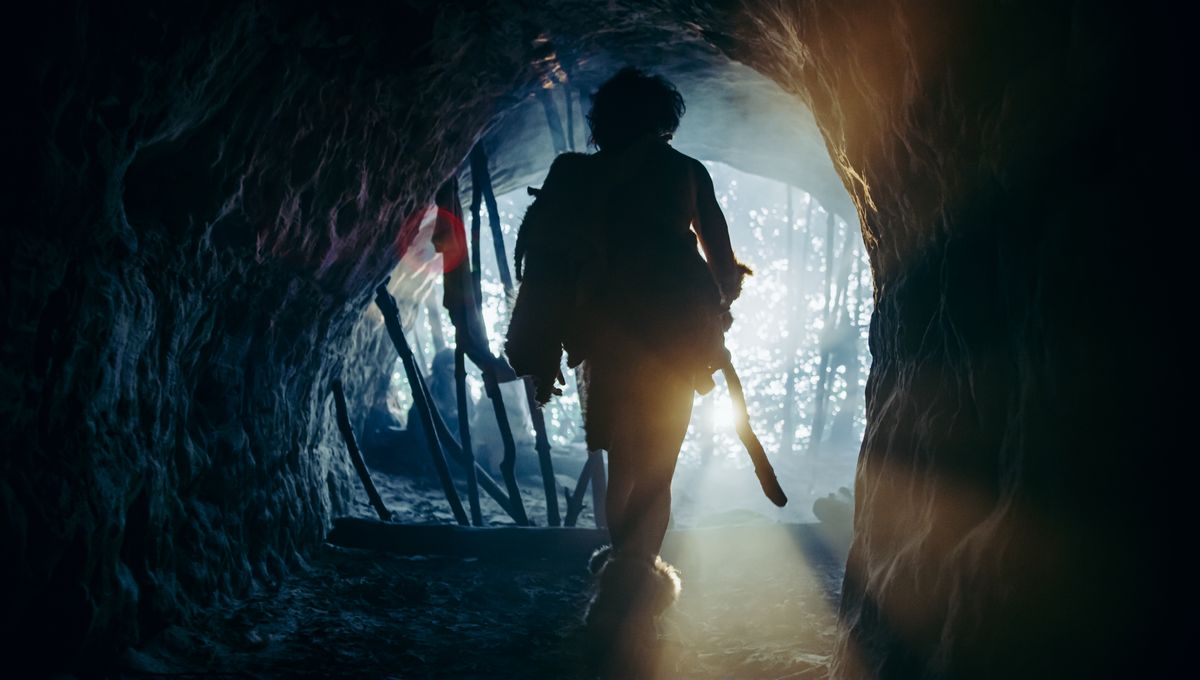
The first humans to make it into Europe were quick to get “friendly” with the Neanderthals they met there. A number of recent studies have not only confirmed that Homo sapiens and Neanderthals regularly interbred but they did so more frequently than previously assumed. The evidence is useful for our understanding of how humans migrated out of Africa.
Neanderthals are thought to have disappeared around 40,000 years ago, but it is still not completely clear how much contact this extinct archaic species had with early humans as they expanded out of Africa. The fundamental questions of how they went extinct and how much genetic and cultural overlap there was between our two species remain unanswered.
One of the problems hindering our understanding is that radiocarbon dating techniques reach their limits for anything older than around 50,000 years. However, recent research has helped fill in some of these gaps, and the image they provide suggests humans and Neanderthals got frisky quite a lot.
In April 2021, a team of researchers discovered the remains of early humans in Bulgaria’s Bacho Kiro Cave. The remains belonged to three individuals and included a tooth and bone fragments that were radiocarbon dated to around 43-46,000 years ago. The researchers also found stone tools that are common to the late Stone Age in the surrounding sediment where the remains were located. According to the study, these are the earliest known Late Pleistocene modern humans to be recovered in Europe. They are also closer related to present-day humans, as well as ancient populations in East Asia and the Americas, than to later West Eurasian populations.
Genetic analysis revealed that the three humans had recent Neanderthal ancestors that only dated back a few generations in their family history. This confirmed, the authors wrote, that “the first European modern humans mixed with Neanderthals and suggesting that such mixing could have been common.”
In another study published in 2021, evolutionary geneticists Kay Prüfer of the Max Planck Institute for the Science of Human History in Jena, Germany, and colleagues showed that the DNA recovered from a female human skull, dated to the same time, had Neanderthal ancestry.
Prüfer and his team examined the nearly complete skull of a woman discovered in 1950, in the Zlatý kůň cave in the modern-day Czech Republic. They found that about 2-3 percent of the woman’s genome contained Neanderthal DNA, but the Neanderthal segments were longer than those seen in other specimens taken from humans. This, they believe, suggests the woman was one of the earliest humans in Eurasia after we left Africa. This is because later humans have shorter segments of Neanderthal DNA, which is effectively diluted in each successive generation.
Taken together, these studies paint an interesting picture. Although the remains examined in each study are not the only examples with Neanderthal DNA in their genomes, they are probably the oldest. Given that they both reveal evidence of earlier interbreeding between humans and Neanderthals, it would suggest that the two species may have gotten it on as early as around 60,000 years ago. However, not all of these ancient people went on to influence the DNA of subsequent generations.
The woman whose skull was examined represents a genetic dead end, as she does not appear to have contributed any DNA for humans who lived afterward around 40,000 years ago. In contrast, the DNA from the three bodies in Bacho Kiro were part of a newly discovered population of Homo sapiens who had strong genetic connections to modern people living in East Asia and Native America.
Until relatively recently, it was believed that modern people from Africa would not have any Neanderthal DNA in their genomes, because the latter evolved outside of Africa. However, another study published in 2020 shows that all African Homo sapiens have evidence of Neanderthal DNA. This, they suggest, reveals new insights into human migration patterns. Rather than there being one large exodus from Africa, as was previously assumed, it seems humans left the continent in various phases with gene flow going back and forth, taking the Neanderthal DNA with it.
The results of these various studies refute the idea that anatomically modern humans replaced archaic human species, such as Neanderthals and Denisovans, without interbreeding. Even though most of our genome still comes from Africa, the slithers of archaic DNA show that our species was far more “friendly” than previously thought.
Source Link: Humans And Neanderthals Interbred A Lot More Than We Once Assumed